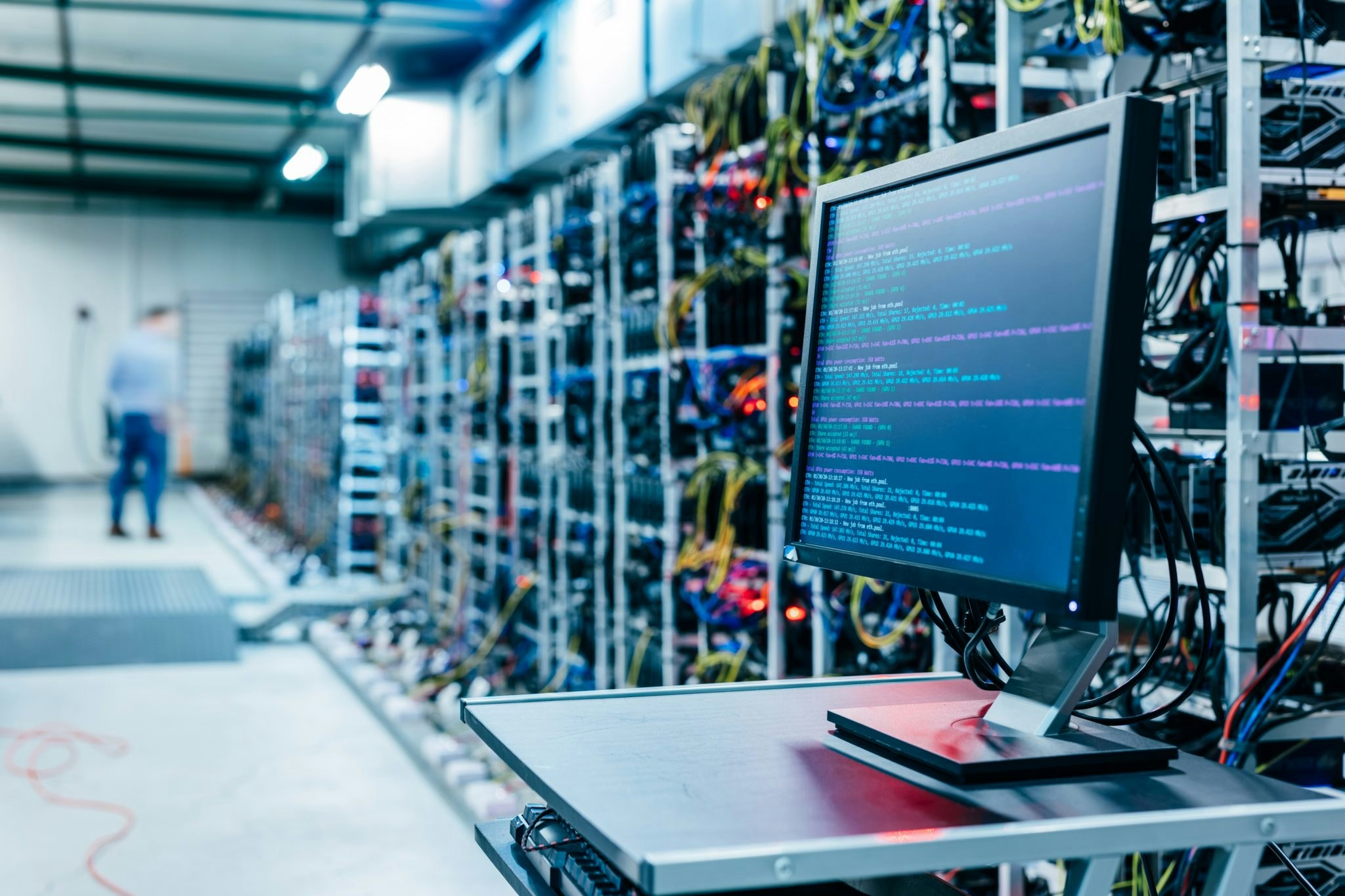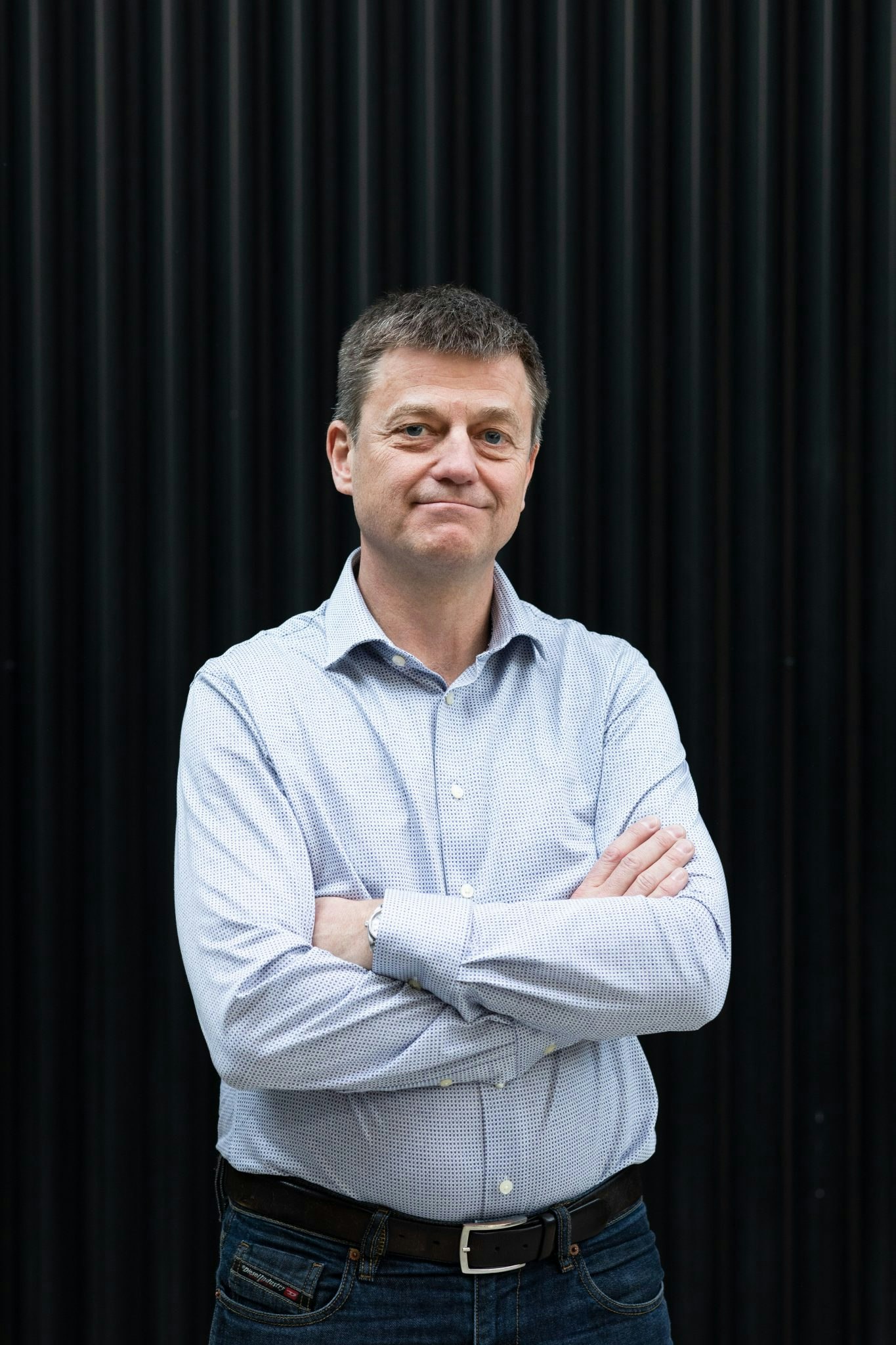Crypto’s got a bad climate rep. Bitcoin, the world’s largest cryptocurrency, now consumes more electricity annually than Argentina, a country with a population of 45m.
There’s rising discontent about crypto's energy consumption. Kosovo has banned mining based on its footprint. In Europe, Sweden’s finance watchdog, the Finansinspektionen, recently called on the EU to do the same.
But one startup thinks crypto can get greener — and, on top of that, that it has a key role to play in the green energy transition.
The startup, Lake Parime, is helping renewable energy companies mine bitcoin using their excess power. By creating a lucrative side hustle for the renewable energy market, the company hopes to incentivise the building of more clean power infrastructure.
It’s one of a few companies globally which are already trying to use renewable energy to power crypto. The most well-known might be Jack Dorsey’s Block (formerly Square), which is opening a solar-powered bitcoin mine in Texas, using solar and storage from Tesla.
In Sweden, Canadian company HIVE Blockchain is using a hydropower plant to power its ethereum mining facility. There’s also KryptoVault in Norway, which runs off 95% hydropower and 5% wind.
The Cambridge Centre for Alternative Finance estimated in 2020 that 39% of crypto is mined through carbon-neutral means.

Turning energy companies into bitcoin miners
Founded in the UK in 2019, Lake Parime’s plan is to help energy companies monetise any excess renewable energy they produce by building data centres on their sites that divert excess power towards energy-intensive computing.
That can mean video rendering or machine learning but the most lucrative use — and the one Lake Parime is initially focused on — is bitcoin mining.
“We are turning energy companies or people with access to large amounts of clean energy into bitcoin miners and providing them the infrastructure and services around it,” explains Sath Ganesarajah, founder and CEO of Lake Parime.
👉 Read: Meet Europe's largest crypto miner
Lake Parime is working with “one of the largest wind operators in the UK and Europe” to mine bitcoin using the excess power it generates.
Wind turbines generate excess power when the demand from the grid is low and the wind power is high.
Lake Parime’s argument is that diverting that power to crypto mining means both decarbonising the crypto sector and making renewables a more lucrative business — hopefully derisking the sector for investors.
There are other companies, like American firm Crusoe Energy, which use excess natural gas to mine crypto and power data centres. The gas would otherwise be burnt by the oil and gas companies, in a process known as flaring.
Crusoe says its process reduces CO2 by about 63% compared to continued flaring, though critics say it just makes a lucrative side hustle for fossil fuel companies.
So should we divert clean energy to crypto mining?
To mine crypto, you need a steady source of power.
“If you’re a miner, you want 24/7 power,” says Alex de Vries, a data scientist working on a PhD about the sustainability of crypto assets — and who also built the Bitcoin Energy Consumption Index.
“If you’re not running your device, you’re not making money and every time you shut down your machine, there’s a loss of income that’s never going to come back,” he says.
Wind power, by nature, fluctuates. That means people trying to use it to mine crypto would see their systems shut down and their income decrease, or use a backup source of power when there’s not enough excess wind power. The most common backup source, de Vries says, is fossil fuels.
Lake Parime said it "utilises surplus energy generated when local grid demand is low, and effectively “plugs the gap” with energy from the grid" when there's no surplus. The company says it's working on a new model which would include batteries to store surplus so the system could run off excess renewable power for more of the time.
De Vries also criticises the model of diverting excess renewable power towards crypto. Wind power in itself is not stable enough to run the grid, but if it were to be combined with other sources, like solar, and better storage tech, we could make a more stable grid from renewables and move further away from fossil fuels.
It’s a criticism that’s been levelled at Lake Parime for its work in New Zealand. It’s working on running data centres using excess energy from a hydropower plant.
The New Zealand project has, however, been criticised by local groups, who say the infrastructure will divert renewable energy away from local communities.
Lake Parime’s Ganesarajah says it’s a misconception that data centres divert energy away from alternative uses, and that Lake Parime’s model works on excess power.
“I think the key thing to remember is, as a large consumer of energy, the system puts money back into the energy system, which can then be reinvested in energy, infrastructure, security and further generation.”
Can crypto ever be sustainable?
But some are sceptical about the possibility of ever making crypto sustainable — or its place in incentivising the adoption of renewables.
There’s an argument that as more institutional investors turn to bitcoin, it incentivises miners to use renewable sources.
The argument doesn’t stand, Peter Howson, lecturer in internal development, says, because miners will always turn to the cheapest power source possible to make the best returns — and because it’s hard to work out where miners’ energy comes from, credit won’t go to those who use renewables anyway.
“It’s really hard to make this process more sustainable because, if you think about what mining is really about, it’s actually nothing more than running number generators,” de Vries says.
“In the bitcoin network, miners are generating 200 random numbers every second. Every 10 minutes they’ll make a correct guess and that creates the next block for the blockchain. The rest is just thrown away. So we're really just using all that energy to make those random numbers. It's really hard to turn that into a sustainable story, because what you're making is useless.”


